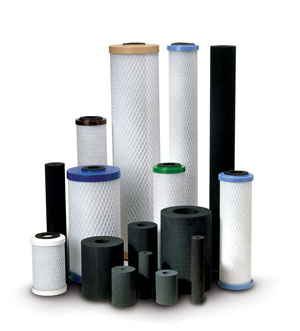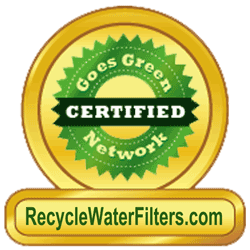Common Drinking Water Contaminents
Lead Contamination in Drinking Water
Lead can exist in water in two primary forms; both are very bad
1. Soluble (dissolved) - removed by ion exchange, reverse osmosis, adsorption, or distillation)
2. Insoluble (particulate) - removed by fine filtration and adsorption, reverse osmosis, or distillation
Sources of most lead contaminants come from water service lines, solder containing lead, brass fittings and Industrial processes. Homes built before 1986 are more likely to have lead pipes, fixtures and solder as that is when the contaminant levels were set on its use in plumbing systems in the USA. In 2011, changes to the Safe Drinking Water Act reduced the maximum allowable lead content even more.
What are the potential health effects? Children are more at risk than adults for effects such as reduced intelligence, impaired hearing, decreased growth, damage to the brain, kidneys, bone marrow, nervous system and red blood cells.
Treatment Methods include Point-of-Entry or Point-of-Use Applications Such as Solid Block and Precoat Sub-micron Adsorption Filters, Strong Acid Cation Exchange, Distillation and Reverse Osmosis. Reverse Osmosis water treatment is the most common treatment used to remove lead from drinking water. Countertop water fiter systems with special replacement filter cartridges designed for lead removal are also popular.




